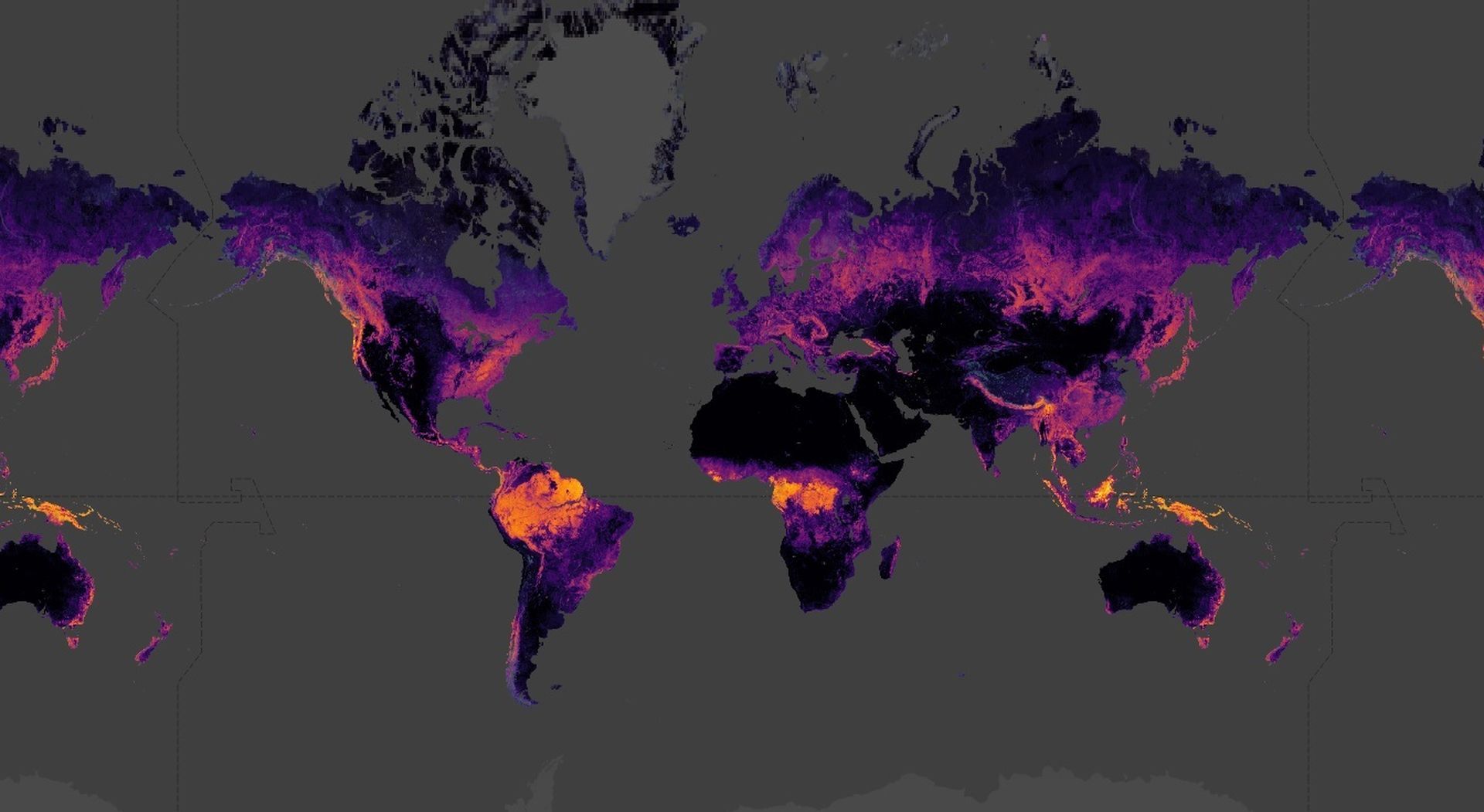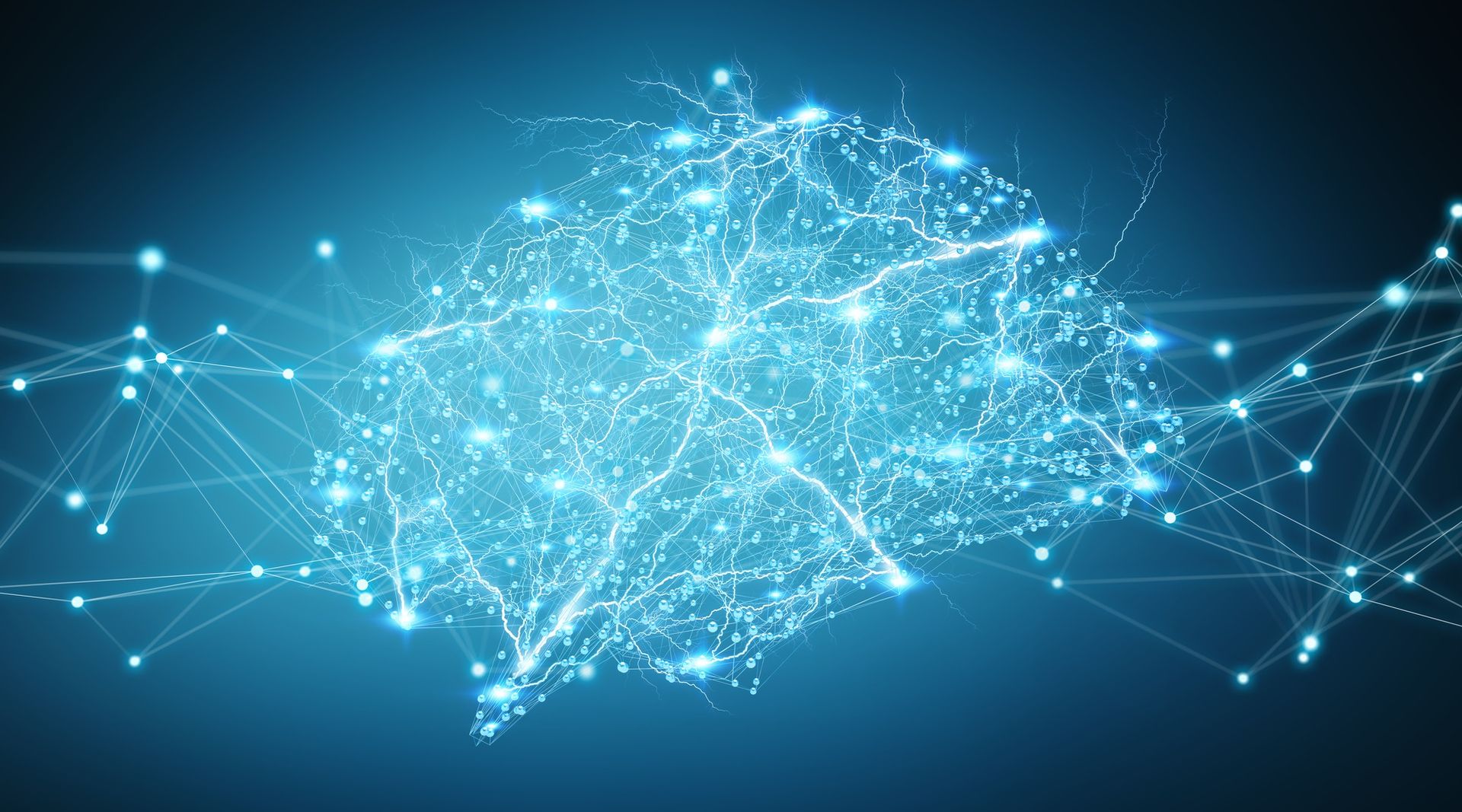The researchers at ETH Zurich have developed the first high-resolution global vegetation height map for 2020 from satellite photos using an artificial neural network. This map may be vital in the fight against climate change and species loss, as well as in designing long-term sustainable development plans.
Researchers from ETH Zurich have developed a new neural network
The UN Decade on Ecosystem Restoration initiative which started last year is designed to halt ecosystem deterioration by 2030, stop it from progressing further, and, if feasible, repair the damage that has already been done. Accurate foundations are required for projects like these, such as surveys and topographical maps of existing vegetation.
The Principal Investigator of NASA’s Global Ecosystem Dynamics Investigation (GEDI), Ralph Dubayah argues that:
“We simply do not know how tall trees are globally. […] We need good global maps of where trees are. Because whenever we cut down trees, we release carbon into the atmosphere, and we don’t know how much carbon we are releasing.”
The neural network determines vegetation height from optical satellite photos
The EcoVision Lab in the ETH Zurich Department of Civil, Environmental and Geomatic Engineering specializes in analyzing and preparing precisely this sort of environmental data. In 2017, Konrad Schindler and Jan Dirk Wegner established the EcoVision Lab at ETH Zurich, where researchers are developing machine learning algorithms that allow automated analysis of huge quantities of environmental data.
Nico Lang is one of them. In his doctoral dissertation, he created a method—based on neural networks—for determining vegetation height from optical satellite photos. He was able to produce the first vegetation height map, which covers the whole Earth: the Global Canopy Height Map, using this technique.
Another first is the high resolution of the map: users can zoom in to as little as 10×10 meters of any piece of forest on Earth and check the tree height thanks to Lang’s efforts. In particular, a tree height survey like this may be instrumental in addressing carbon emissions since tree height is a predictor of biomass and carbon storage.
Professor of Photogrammetry and Remote Sensing, Konrad Schindler comments that:
“Around 95 percent of the biomass in forests is made up of wood, not leaves. Thus, biomass strongly correlates with height.”
How can a computer determine the height of a tree from a satellite image?
“Since we don’t know which patterns the computer needs to look out for to estimate height, we let it learn the best image filters itself,” Lang says.
His neural network algorithm learns from the images of the two Copernicus Sentinel-2 satellites operated by the European Space Agency (ESA). These spacecraft snap photographs of every point on Earth every five days with a resolution of 10×10 meters per pixel. They are, to this day, the highest quality pictures accessible to the public.
Finally, the algorithm must have access to the accurate answer: the tree height calculated from space laser scans carried out by NASA’s GEDI mission. “The GEDI mission delivers globally distributed, sparse data on the vegetation height between the latitudes of 51 degrees north and south, so the computer sees many different vegetation types in the training process,” Lang says. With this data, the algorithm can generate its own textures and spectrums filters. Once the neural network has been trained, it may automatically calculate vegetation height from the more than 250,000 photos (some 160 terabytes of data) required for the global map.

In technical speak, a convolutional neural network (CNN) is referred to as Lang’s neural network. The term “convolution” refers to a mathematical operation in which the algorithm projects a 3×3 pixel filter mask over an satellite image to reveal brightness patterns. “The trick here is that we stack the image filters. This gives the algorithm contextual information, since every pixel, from the previous convolution layer, already includes information about its neighbors,” Schindler explains. This way, the EcoVision Lab was the first to successfully use satellite images to estimate tree heights of upto 55 meters, owing in part to its research on elevation mapping.
Because of there are many layers on a neural network, this method is also known as “deep learning.” Around ten years ago, it sparked a significant change in image processing. However, dealing with the massive amount of data is still difficult: creating a global vegetation height map would take just three years on one strong computer. “Fortunately, we have access to the ETH Zurich high-performance computing cluster, so we didn’t have to wait three years for the map to be calculated,” Lang adds.
Lang didn’t just create one data set for this; he created many. This is referred to as an ensemble. “An important aspect for us was also letting users know the uncertainty of the estimate,” he explains. The five neural networks, each one with a different set of characteristics, were trained independently and each produced a tree height estimate distinct from the others. “If all the models agree, then the answer is clear based on the training data. If the models arrive at different answers, it means there is a higher uncertainty in the estimate,” Lang adds.
This work will inspire future ecology studies
The high resolution of Lang’s global map allows for in-depth analyses: “We have already discovered interesting patterns. In the Rocky Mountains, for example, forests are managed in fixed sections, and the rainforest also forms interesting structures that can’t be coincidental,” Schindler explains. Ecologists can now use this information to analyze patterns and data across the world.

The source code and map will be published so that this research may continue. The Global Canopy Height Map has already been contacted by several individuals: Yale University’s Walter Jetz wants to apply the map for biodiversity modeling, for example. Governments, administrative bodies, and NGOs might find the map useful as well. “Thanks to Sentinel-2, vegetation height can be recalculated every five days, making it possible to monitor rainforest deforestation,” Lang explains.
Furthermore, he adds that it is now feasible to globally validate local findings such as how tropical leaf canopies function as a climate buffer. The vegetation height map, according to Lang’s computations, is an essential building block for conserving and boosting ecosystems when paired with the High Carbon Stock Approach, which classifies forests by their carbon storage and biodiversity value. Only 5% of the landmass has vegetation with a height greater than 30 meters, while only 34% of it is in protected areas based on his estimates.
With the GEDI objective set to conclude in 2023, Lang’s new neural network method allows for continued vegetation height mapping into the future. However, getting the GEDI expedition prolonged is essential in order to compare its data with future satellite missions like the ESA Biomass mission and adjust the model for changes.
If you’d like to learn more about neural networks, you can read the history of neural networks here.






